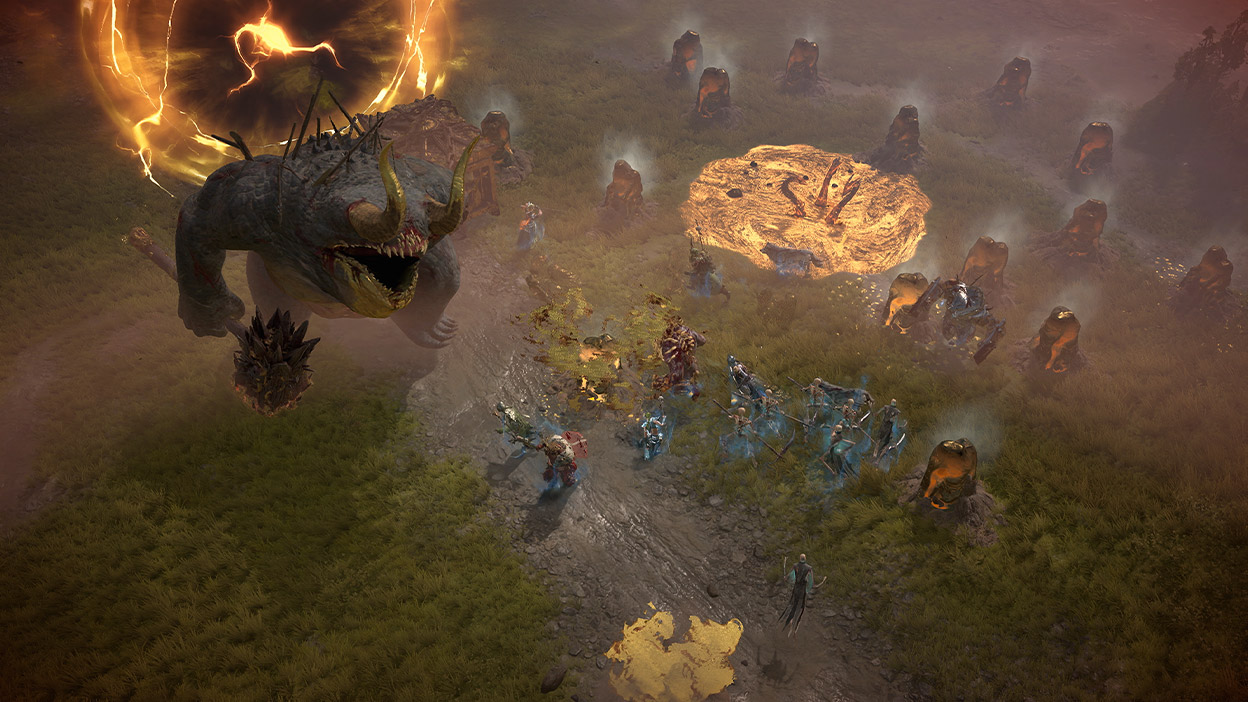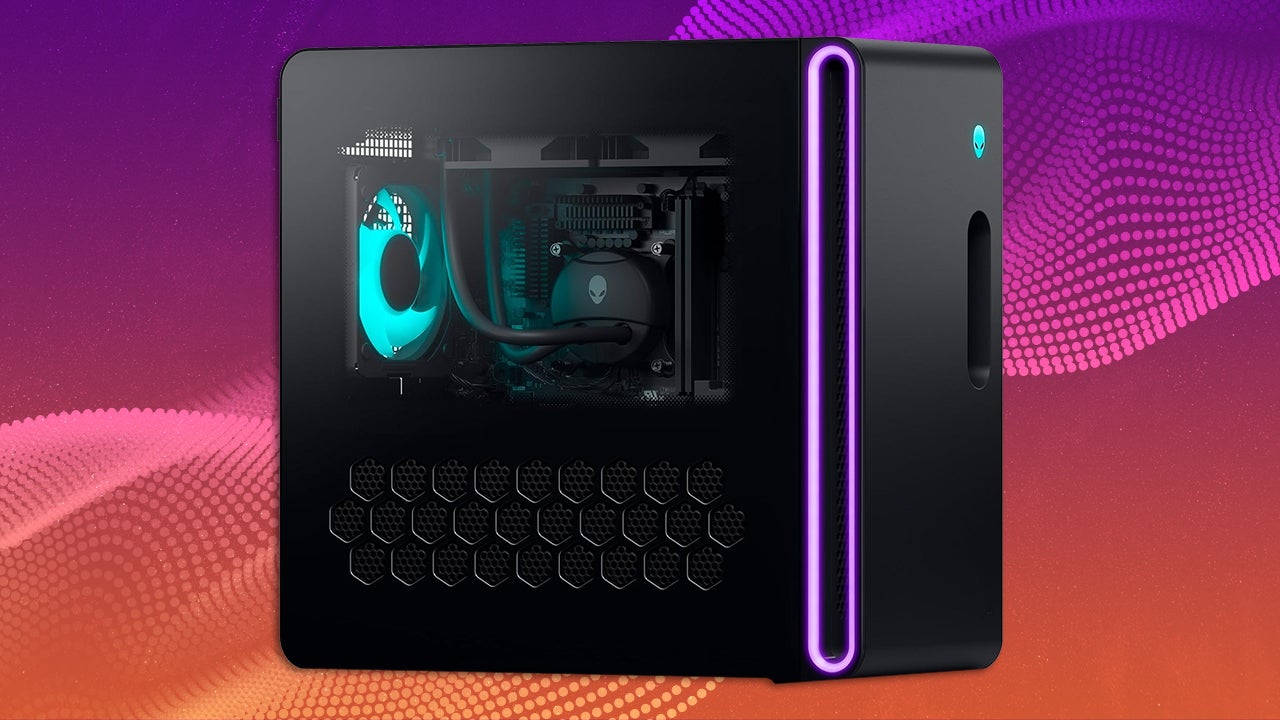
Diablo 4 might seem like an easy game, what with its core “push a button to make number go up” mechanic. But Blizzard’s isometric action-RPG can still pose a serious challenge. To experience all there is to see and see your build through its maximum potential, you’re going to need to increase that difficulty several tiers.
Here are the difficulty differences in Diablo 4 — reworked alongside the release of the Vessel of Hatred expansion — including how to change difficulty without going back to the main menu, and which difficulty you should play on.
All Diablo 4 difficulty levels

As of the Vessel of Hatred expansion, Diablo 4 features eight difficulty settings — four traditional difficulty settings and four “Torment” tiers. Here are the first four you’ll be able to access, and what you can expect from them:
- Normal: Described as the “standard Diablo 4” experience, normal will allow you to get through the campaign and the early levels without too much of a struggle. There are no multipliers making enemies more powerful here. While it says this is only for new and returning players, it’s sometimes more efficient for even veteran players to play on this level — particularly in the Vessel of Hatred campaign.
- Hard: Described as “for experienced Diablo players,” hard ramps up the enemy power but also the player rewards. You’ll gain 75% additional experience and gold while on hard. That’s a huge increase, but you have to do the calculus here as to if you’ll spend 75% more time killing enemies in this difficulty. If the answer is yes, stick to Normal for a bit.
- Expert: Described as “for skilled Diablo 4 players that have acquired several Legendary items,” expert is where you’ll first really be able to test out your builds. Enemies are even more powerful here, but you’ll gain 125% bonus XP and gold. Unless you’re absolutely stomping through hard, it’s best to stay away from expert until you reach level 60. Expert is locked until you complete Diablo 4’s prologue.
- Penitent: Described as “for players that have mastered Diablo 4 and have acquired several Legendary items that have been enhanced by Tempering,” penitent is as hard as you can get in Diablo 4 without moving into the Torment tiers. Enemies are very deadly here, but grant 175% bonus XP and gold. This difficulty is only for players who are stomping through the first three difficulties already. Penitent is locked until you complete the original Diablo 4 campaign.
How to unlock Torment difficulty levels
The Torment difficulties don’t unlock until after level 60, when you complete Pit Tier 20, and it’s where things actually start to change in Diablo 4. While they do increase the difficulty each tier you go up, the reason we’ve looped them all together is that they’re all optional after the first. Once you get to Torment 1, you will be able to see everything the game has to offer — every item is eligible to drop and every boss is eligible to fight. The major difference between the tiers is just how rewarding and difficult they are. You could reach max level with a full Paragon board without ever going above Torment 1, but you’ll reach that end goal much, much faster if you’re playing on Torment 2.
As you progress through the Torment levels, monsters will grant more gold and experiences, and Legendary, Unique, and Mythic Unique items will have a higher chance to appear. Monsters will not only gain additional stats per Torment tier, they’ll also become more aggressive and gain better AI. Notably, each Torment level also drops your defenses, so you’ll need to compensate for that:
- Torment 1: 300% increased gold and XP, reduces armor by 250 and Resistances by 25%.
- Torment 2: 400% increased gold and XP, reduces armor by 500 and Resistances by 50%.
- Torment 3: 500% increased gold and XP, reduces armor by 750 and Resistances by 75%.
- Torment 4: 600% increased gold and XP, reduces armor by 1000 and Resistances by 100%.
How to change difficulty in Diablo 4

You can select which difficulty to play on when you’re loading into a game. You can’t adjust the difficulty from the settings or any other in-game menu, but you needn’t quit to the main menu to change it. You can also switch it on the fly at any difficulty statue. For example, there’s one located in the northeast corner of Kyovashad, the first major city you reach in the original campaign. There’s also a statue in the heart of Kurast, the capital city for the Vessel of Hatred expansion.
What difficulty should you play Diablo 4 on?
With the reworks to the difficulty levels in Vessel of Hatred, the choice of which difficulty to play on is a little more flexible. If you know what you’re doing, it’s a good idea to start on the hard difficulty, as you should be able to push through it without much resistance. But if you’re new or if you’re a veteran player who is struggling to get through a boss fight or a story mission on hard, play on normal.
The idea here is that you should be flowing between difficulties based on what you can handle at the time. If you’re going so fast on normal that nothing is able to live more than a few seconds, bump it up. But if you’re dying on bosses or taking 20 minutes to clear a dungeon, it’s actually more efficient to drop the difficulty down. Remember, the difficulty you’re playing on here is not necessarily a measure of skill. Some of the best players out there level on normal because it’s fast — it does not mean you’re bad at the game. Even if you’re skilled enough to reach max level on hard or even expert, it doesn’t actually matter if it took you an extra two hours to do it.
The only real exception to the “play on whatever difficulty is efficient” rule is when it comes to Torment. The moment you can move into Torment 1, you should, even if you’ll struggle there. Torment is the only place where you can get higher tiered Ancient items. It’s better to force yourself through that and have a chance for some incredible upgrades than to breeze through Expert or Penitent.
If that all sounds like a lot, just remember the two golden rules: Play on the highest difficulty where you’re still able to go fast and get to Torment 1 as quickly as possible.
Going into this season, here’s the best Spiritborn build, all Tenets of Akarat locations, and guides on how to unlock Mercenaries and get more loot in Kurast Undercity.
Source:https://www.polygon.com/diablo-4-guides/23650745/change-world-tier-difficulty-level






